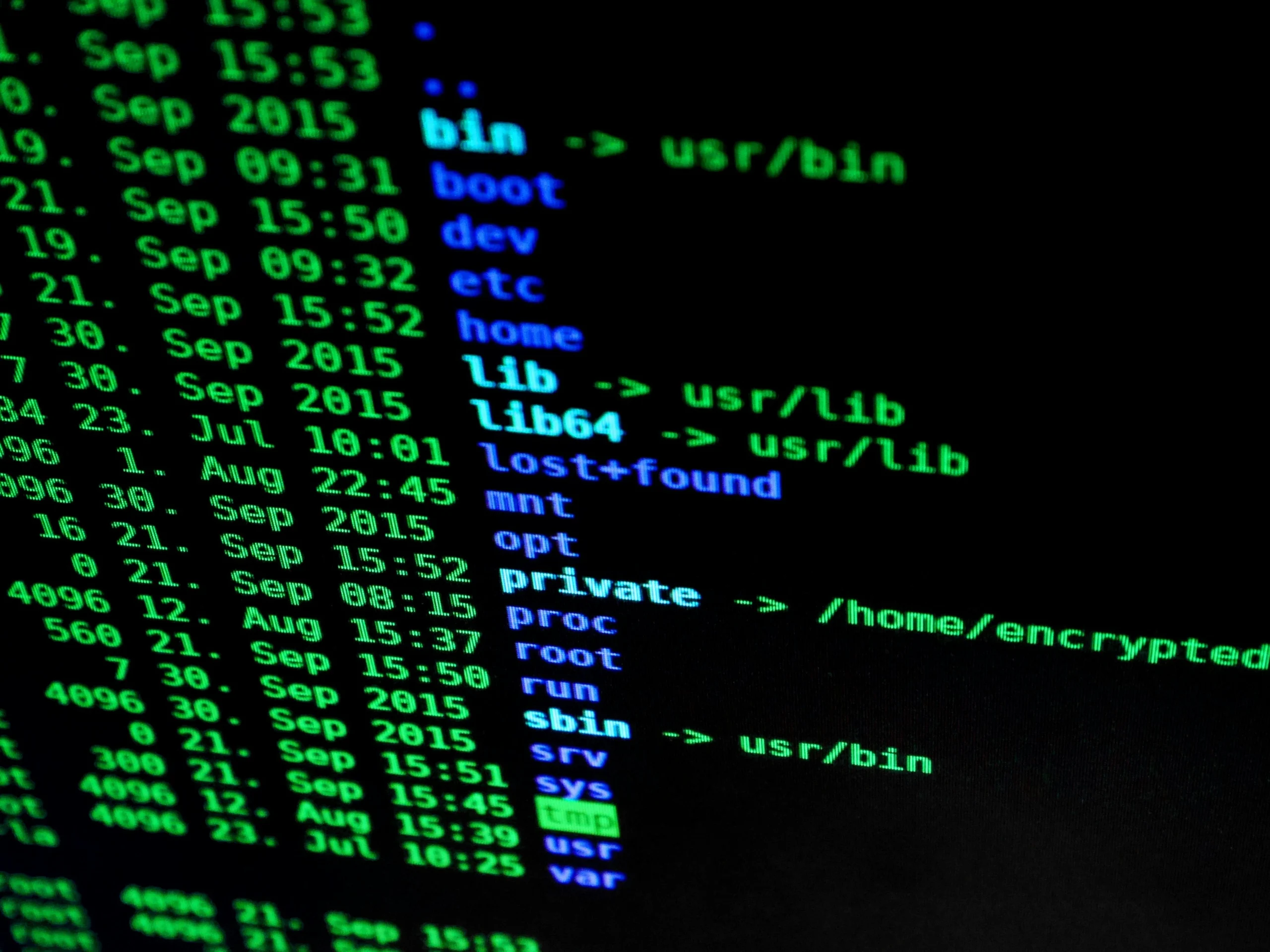Organizations face numerous industry and regulatory standards that encompass security issues, response readiness, and operational continuity. To meet these standards, leveraging Zero Trust and containment strategies is essential. The European Union Digital Operational Resilience Act (DORA) and ISO 27001 emphasize the need for organizations to prepare detailed plans for cyberattack responses while ensuring critical systems remain operational. Using containment strategies in conjunction with Zero Trust can significantly aid compliance efforts by offering clarity on the required security controls for various connections within an organization. Security graphs illustrate these relationships, enabling teams to visually map security controls that align with operational processes.
The U.S. National Security Agency (NSA) has endorsed the use of Zero Trust to limit lateral movement within networks, advocating for the isolation of critical resources through network segmentation. This approach hinges on a comprehensive understanding of data flows within interconnected networks. By utilizing insights from both data owners and network teams, organizations can create thorough data flow maps. Furthermore, integrating artificial intelligence with security graphs allows for accurate policy creation and proactive containment measures, significantly reducing the potential impact of breaches. Auditors appreciate these methods for enhancing visibility and understanding issues within compliance efforts.
👉 Pročitaj original: CIO Magazine








